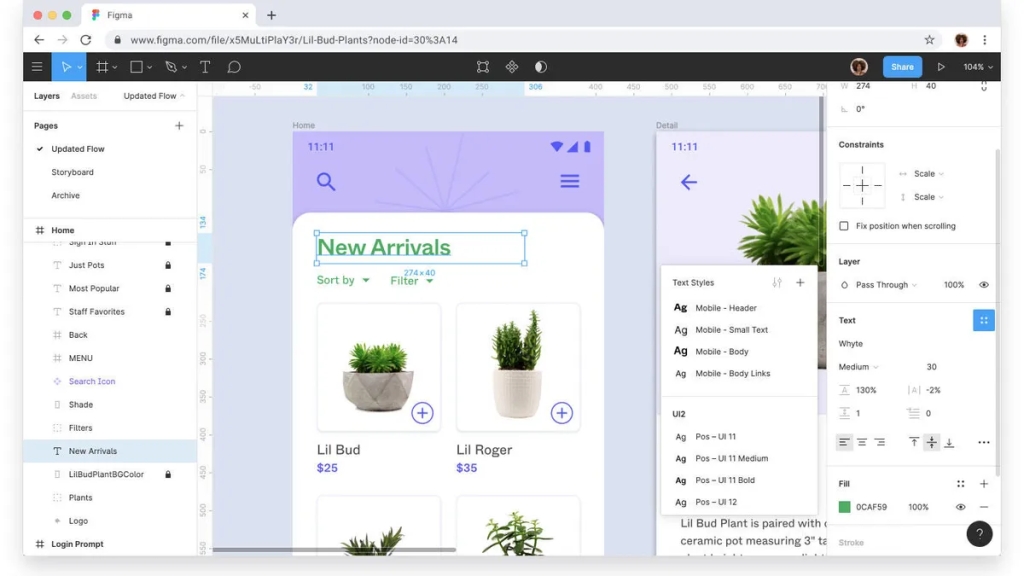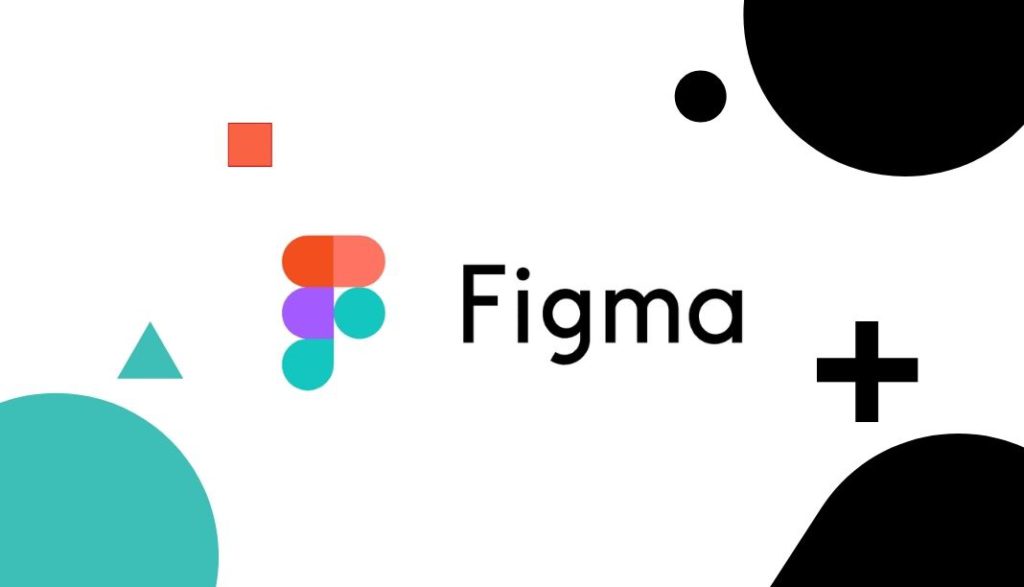What is Figma?
Figma is a collaborative web application tailored for interface design, complemented by offline functionality through desktop applications for both macOS and Windows platforms. This comprehensive platform is dedicated to user interface and user experience (UI/UX) design, highlighting real-time collaboration. It offers an array of tools encompassing vector graphics editing and prototyping capabilities. Additionally, the Figma mobile app, compatible with Android and iOS devices, facilitates real-time viewing and interaction with prototypes.
Figma assumes a pivotal role in the toolkit of UI/UX designers. It empowers the creation of diverse projects, ranging from Android applications to websites and intricate flowcharts. Notably, Figma stands as a cornerstone for UI/UX design practitioners.

Figma’s utilization extends beyond traditional desktop access—it is also available as an online tool, while a dedicated software version caters to the Windows operating system. Initiating new designs is seamless with the ‘New Design File’ option at your disposal.
Advantages of Figma:
Amidst the myriad of design software options available, the rationale for choosing Figma becomes evident. Figma’s unique positioning specializes in UI/UX design, offering an array of user-friendly tools that simplify the design process. For instance, even the creation of a seemingly simple shape, such as a circle, is enriched with an array of versatile tools at one’s disposal.

One of Figma’s standout features is its approachable nature. Regardless of one’s familiarity with Figma, even first-time users can swiftly grasp its array of tools and functionalities. In fact, my personal experience suggests that Figma offers a more intuitive learning curve compared to tools like Photoshop. Additionally, Figma boasts a robust plugin ecosystem, further enhancing its capabilities. These plugins unlock novel possibilities, such as seamlessly integrating animations—like a bird in flight—into your web page using the Dora plugin. These extended functionalities augment the design process in ways that may not be readily available within the Figma platform itself.
In essence, I firmly believe that Figma serves as an indispensable tool for contemporary designers, offering a comprehensive suite of features to enhance their creative endeavors.


Leave a comment